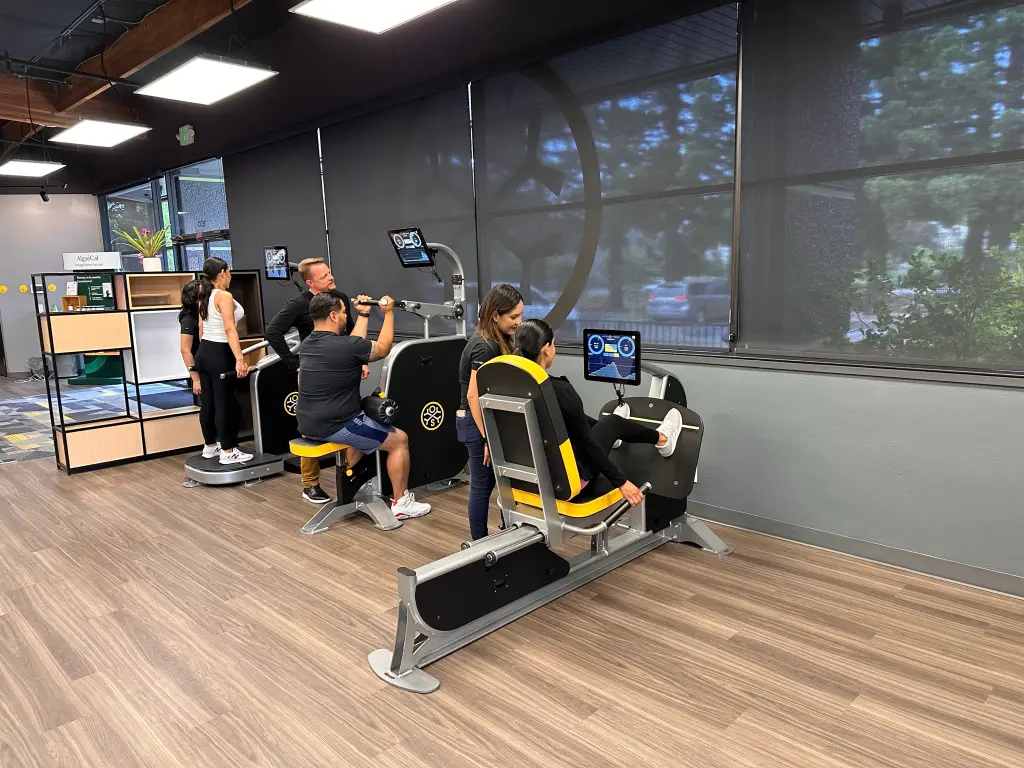In the high-pressure world of corporate leadership, CEOs are constantly searching for an edge—ways to enhance cognitive performance, boost resilience, and maintain peak mental and physical health. Recently, biohacking trends like ice baths and psychedelic experiences have surged in popularity among executives aiming to optimize their productivity and wellbeing. While the benefits touted by biohacking advocates are compelling, the rush toward these extreme interventions comes with a shadowy underbelly that often goes unexamined. This article explores why CEOs are obsessed with ice baths and psychedelics, delves into the science behind these practices, and exposes the hidden risks and ethical concerns associated with the biohacking craze.
The Rise of Biohacking in Corporate Culture
The term “biohacking” broadly refers to self-experimentation with biology through lifestyle, technology, and sometimes pharmacology to improve performance. It gained traction alongside Silicon Valley’s culture of disruption, spilling over into boardrooms worldwide. For CEOs, biohacking promises more than just health—it offers control, quantifiable metrics, and a perceived shortcut to enhanced focus, creativity, and stress management.
Two biohacking methods have gained particular traction: cold exposure therapy, often via ice baths, and psychedelic-assisted mental health practices. These practices are promoted as tools to reset the nervous system, increase neuroplasticity, and enhance emotional resilience. Their popularity is buoyed by influential figures publicly endorsing them, media hype, and a growing wellness industry catering to elite professionals.

Ice Baths: The Science and the Hype
Cold exposure has a long history as a therapeutic method, from Nordic cold plunges to Russian cryotherapy. Ice baths involve immersing the body in near-freezing water for several minutes. Proponents claim that this practice reduces inflammation, speeds muscle recovery, boosts endorphins, and improves mental toughness.
Scientific studies have shown some benefits of cold therapy, such as reduced muscle soreness and temporary activation of the sympathetic nervous system, leading to increased alertness. Cold exposure triggers the release of norepinephrine, a neurotransmitter linked to mood regulation and focus. This physiological response partly explains why many CEOs report feeling sharper and more energized after ice baths.
However, the science is nuanced. Not all research supports cold therapy’s long-term benefits, and effects vary widely between individuals. Ice baths can cause stress on the cardiovascular system, especially in those with underlying heart conditions. Overuse may suppress immune function and impair muscle repair if recovery periods are inadequate.
Despite these warnings, many executives push their limits with frequent ice plunges, drawn by anecdotal claims of enhanced willpower and resilience. This intensity aligns with a corporate culture that prizes endurance and control but may overlook signs of physical and mental overload.
Psychedelics: A New Frontier in Executive Mental Health
Psychedelics—such as psilocybin (magic mushrooms), LSD, and MDMA—have re-emerged in clinical research as powerful tools for mental health treatment. Controlled studies demonstrate their potential to alleviate depression, anxiety, PTSD, and addiction by facilitating profound psychological insight and neuroplasticity.
For some CEOs, psychedelics offer a chance to “reset” entrenched mental patterns, unlock creativity, and cultivate empathy—qualities vital for effective leadership. The therapeutic promise, combined with destigmatization efforts and legalization movements, has fueled interest in microdosing (sub-perceptual doses) and guided psychedelic sessions as performance enhancers.
Yet, psychedelics are not without risks. Self-administering without professional guidance can trigger anxiety, psychosis, or emotional destabilization, particularly in individuals with predispositions to mental illness. The legality of psychedelic use varies by jurisdiction, complicating access and increasing potential legal consequences.
Moreover, the trend raises ethical questions about equity and authenticity. When psychedelics become a corporate performance hack, there is a risk of commodifying sacred substances traditionally used in indigenous spiritual contexts, and marginalizing those who lack access to these expensive, semi-underground treatments.
The Dark Side of Biohacking Culture
Beneath the allure of ice baths and psychedelics lies a culture that can encourage risk-taking, self-experimentation without adequate safeguards, and an obsession with optimization at the expense of holistic wellbeing. Some CEOs report feeling pressured to engage in biohacking rituals to keep pace with peers, fostering a form of wellness elitism.
Biohacking’s intense focus on metrics—heart rate variability, brainwave tracking, or biochemical markers—can lead to anxiety and compulsive behavior. The pursuit of “perfect” mental states risks overlooking fundamental health practices like balanced nutrition, sleep hygiene, and social connection.
Additionally, biohacking trends sometimes obscure deeper systemic issues in workplace culture that contribute to burnout and stress. Quick fixes through extreme therapies may distract from addressing root causes such as toxic work environments or unrealistic performance demands.
Balancing Innovation and Caution
While biohacking ice baths and psychedelics hold exciting potential to enhance cognitive and emotional function, CEOs and their teams must approach these tools with informed caution. Consultation with healthcare professionals, awareness of individual health risks, and understanding of legal frameworks are critical.
Organizations should foster environments where well-being includes psychological safety, realistic workloads, and evidence-based health initiatives rather than purely performance-driven hacks. Transparent dialogue about the benefits and limitations of biohacking can mitigate stigma and unrealistic expectations.
Ultimately, the goal should be sustainable health and leadership longevity—not the relentless pursuit of optimization that can paradoxically lead to breakdown.
Conclusion
The fascination of CEOs with ice baths and psychedelics reflects a broader cultural shift toward biohacking as a pathway to enhanced human potential. While promising, this trend carries significant physical, psychological, and ethical challenges. By embracing biohacking responsibly and holistically, corporate leaders can harness its benefits without succumbing to its darker pitfalls. As with any powerful tool, balance and wisdom are key to turning innovation into lasting well-being.































